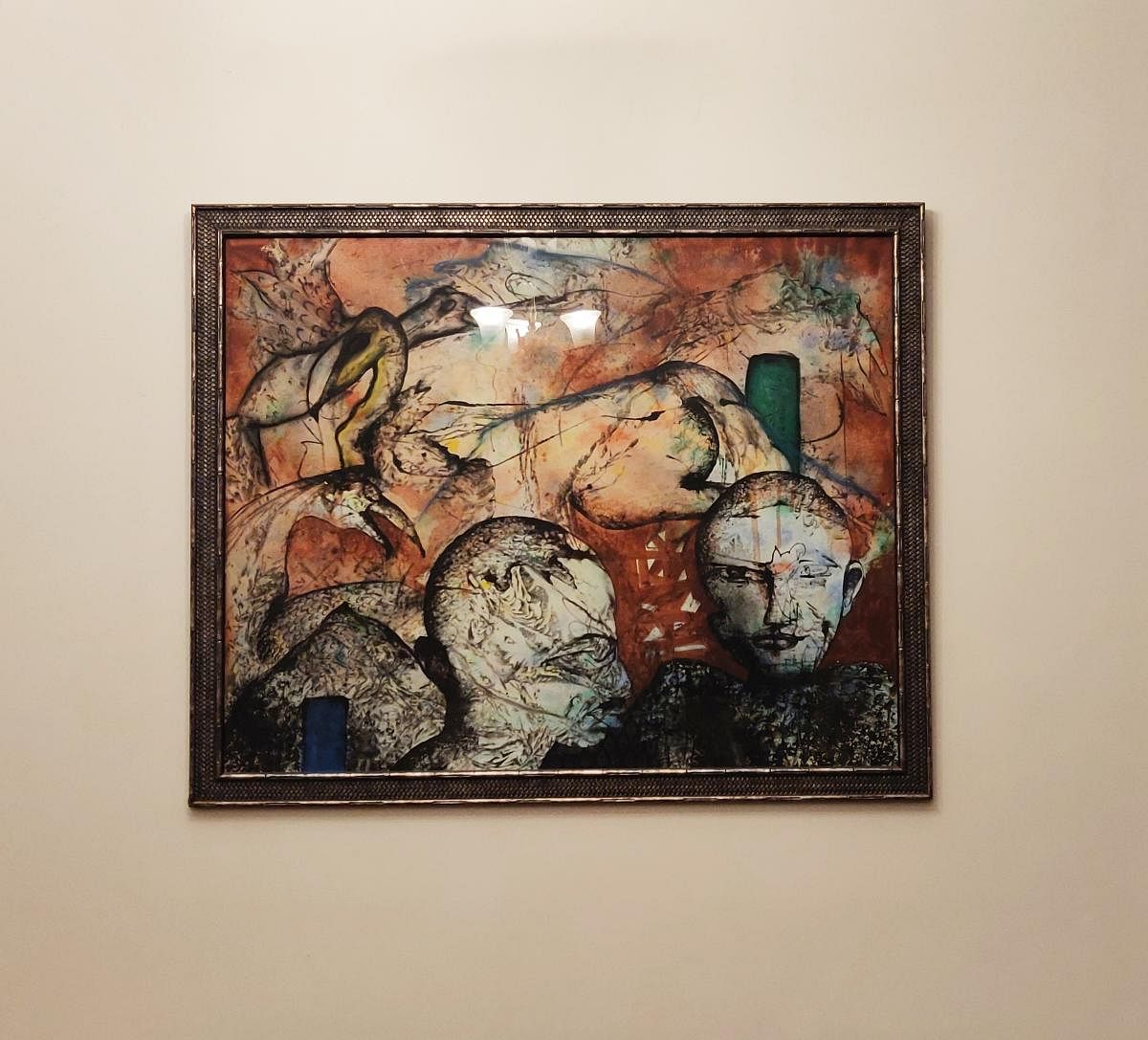
The art market continues to be in a flux, all thanks to the pandemic. However, there are several reports of online sales, although the numbers may not be comparable to pre-Covid times.
One of the primary reasons for these numbers is that online galleries, which have established their credentials over a period of time and have built up a clientele, have the edge now. Geared towards online viewing, their websites are often better designed with well-presented art displays and all relevant information arranged optimally. Also, artists who have a collector base, continue to be sought after. In contrast, newer galleries are finding it difficult to make inroads in the current situation.
A reluctant shift
It has been a challenge for physical galleries, who rely on clientele that prefer to view the artworks in person and then make a selection. Their existing clientele are rather reluctant to shift to online viewing and may prefer to wait for the galleries to reopen normally. In addition, many physical galleries have bare bones websites, which are not optimised for online viewing and sales, making it difficult to enhance the viewing experience and increase footfalls in the interim. Now, several galleries are in the process of revamping their websites. However, for some, it is a catch-22 situation — while there is a lack of inflow to spend on the renovation, they cannot attract sales without adding new features.
Another option which is emerging is that of collaborations between physical and online galleries/sites for hosting shows — it circumvents some of these problems related to hosting, display, digital marketing and reaching out to an existing client base.
On the other hand, most artists are continuing to produce relevant and interesting art, but their challenge has been to find suitable avenues for exhibitions, since physical spaces are ruled out for the moment. Being tech-savvy and having an online presence has also become critical for artists as it increases visibility and enhances opportunities in the current scenario, when digital platforms and media are the preferred way to work and interact.
Most artists are faced with two options — either have online shows or plan to exhibit later, once the situation improves. However, the number of online opportunities versus artists is another mismatch, which leaves several gaps. Artists who rely on the conventional gallery system are likely to postpone their shows and assuming these galleries have the ability to survive the next few months, this might be the best alternative. Site specific, interactive and large-scale sculptural installations are created in conjunction with a physical environment and these clearly will be moved to later dates.
Amidst all this, where does the collector stand? Interestingly, as people are spending more time at home, there is a renewed focus on redecorating and beautifying interiors, which is turning out to be a driving force for art purchases at various price points, based on individual budgets. Collectors are therefore placed in a great position — they have the option to pick up art from the comfort of their home and probably also have the time to do their research and make a selection accordingly.
The author is a Bangalore-based art consultant, curator and writer. She blogs at Art Scene India and can be reached on artsceneinfo@gmail.com
Dab Hand is your fortnightly art world low-down. It will tell you all about what fresh ideas are out there, what to collect and what to admire from afar. And, of course, what not to.